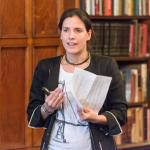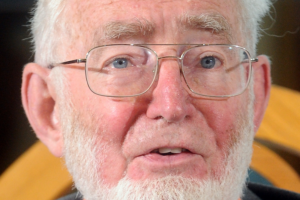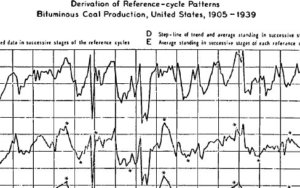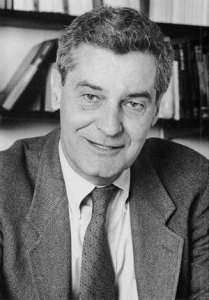
Lucas’s contribution was to write down a market-clearing model with rational expectations and imperfect information, so as to generate a conventional Phillips curve without allowing inflation-unemployment tradeoff useful for policy prescriptions. For this purpose, he retained Phelps’s island modeling strategy and introduced two random variables, namely the increase in the money supply and the fraction of newly-born workers affected to an island, alongside a more traditional state variable, the nominal money supply. Equilibrium prices and quantities were thus defined as functions of the state variable and the joint distribution of the two random variables. Lucas’s Carnegie colleague David Cass could not pin down such definition of an equilibrium. Trained at Stanford in the sixties, where, in his own words “the bible…was Pontryagin’s original book on the maximum principle,” he conceived the equilibrium in the tradition of optimal growth theory standards, as a sequence of prices and quantities expressed in terms of a single state variable, usually the stock of capital. He accordingly took issue with Lucas’s definition of an equilibrium, which he did not find ‘obvious.’

At the University of Pennsylvania, Cass’s former fellow Stanford graduate student Karl Shell was also dwelling on Lucas’s paper, which he had accepted for publication in the Journal of Economic Theory. He was bothered with Lucas’s conclusion that active monetary policy was inefficient, a concern he shared with many contemporary economists. But while most macroeconomists targeted Sargent and Wallace’s introduction of monetary policy into Lucas’s 1973 IS-LM framework with incomplete information and seek to counter their conclusions with the introduction of sticky prices or wages, Shell rather concentrated on another feature of Lucas’s model: its OLG framework. “From the perspective of the consumption-loan model…. the policy implications drawn by Lucas seem to be counter intuitive,” he wrote in 1977. A few years earlier, he had demonstrated that the suboptimality often found in “overlapping generations” models – a name he preferred to Samuelson’s “consumption-loan” because it highlighted the peculiar demographic structure and associated dynamic aspects –, was not a consequence of a restricted market participation, but of what he called the “double infinity” of dated commodities and individuals (Shell 1971). He thus set out to identify situations in which expansionary monetary policies were effective.
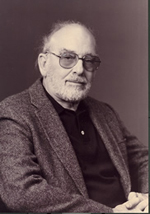
In 1974, Shell succeeded in recruiting Cass to Penn. At that time, they were completing their long-term project of developing a wide range of economic applications to the Pontryagin maximum. Since Cass had also developed an interest in OLG modeling while working with Yale Professor Mehahem Yaari at the Cowles Commission, the pair carved out a linear OLG model with perfect foresight, similar to the one used by Shell in his 1971 ‘Notes.’ They identified several cases in which an expansionary monetary policy could correct welfare inefficiencies. Although the model was deterministic, Cass’s previous argument with Lucas over the definition of the equilibrium induced them to consider, as an aside, a stochastic version of their model. They introduced an extra random variable, which they believed would reflect the arbitrary beliefs of agents. Once taken into account, these beliefs drastically increased the set of rational expectations equilibria. Depending on the form they would take, one equilibrium or another would emerge, with the possibility that active monetary policy be efficient. This “belief” variable did not reflect any fundamental characteristic of the economy. As explained by Shell in the first draft presenting their results, ‘there is no intrinsic uncertainty in the model.’ Because it was arbitrary, Shell, remembering a conversation with Clive Granger, who was then studying the work of Stanley Jevons for a history of statistics, called his new variable a ‘sunspot.’ He did not mention the origin of the word that he had merely borrowed for “story-telling” purpose at that time, and he would later realize that Jevons’s own sunspots, aimed at explaining the business cycle through the effects of climate on crops, was a case of intrinsic rather than extrinsic uncertainty.
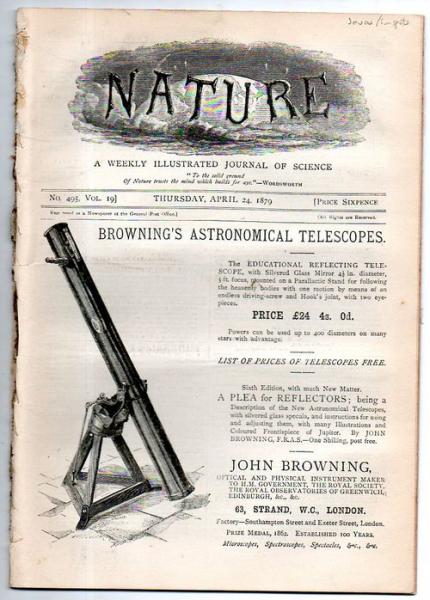
The pair presented their model at the Mathematical Social Sciences Board conference on growth theory they had organized in Squam Lake, New Hampshire, in the Spring of 1977, and Shell subsequently circulated a draft he had written for the lecture he gave at the Malinvaud-Roy seminar in November of the same year, during his one-year Guggenheim-funded visit at the CEPREMAP in Paris. On both occasions, the reception was extremely mixed. At Squam Lake, only Steven Salop exhibited an interest in the approach. At the CREPREMAP, Grandmont remembers, ‘we did not understand anything.’ Even young Penn professor Costas Azariadis, with whom Shell discussed his idea in great detail, initially considered their model ‘a fluke, something completely nongeneric.’ ‘Rational expectations,’ he claimed, ‘would surely rule out his sunspots.’ Also, the sunspot modeling idea was initially a short one-page add-on to their deterministic OLG model. But the raging debates on the Philips curve, the efficiency of monetary policy, and the proper way to model the economy launched by Lucas and others would quickly offer them the opportunity to appreciate the possibility opened by their new idea, in particular, how it could work as a selecting device which could pin down agents’ expectations on a specific equilibrium path in multiple equilibria situations.
